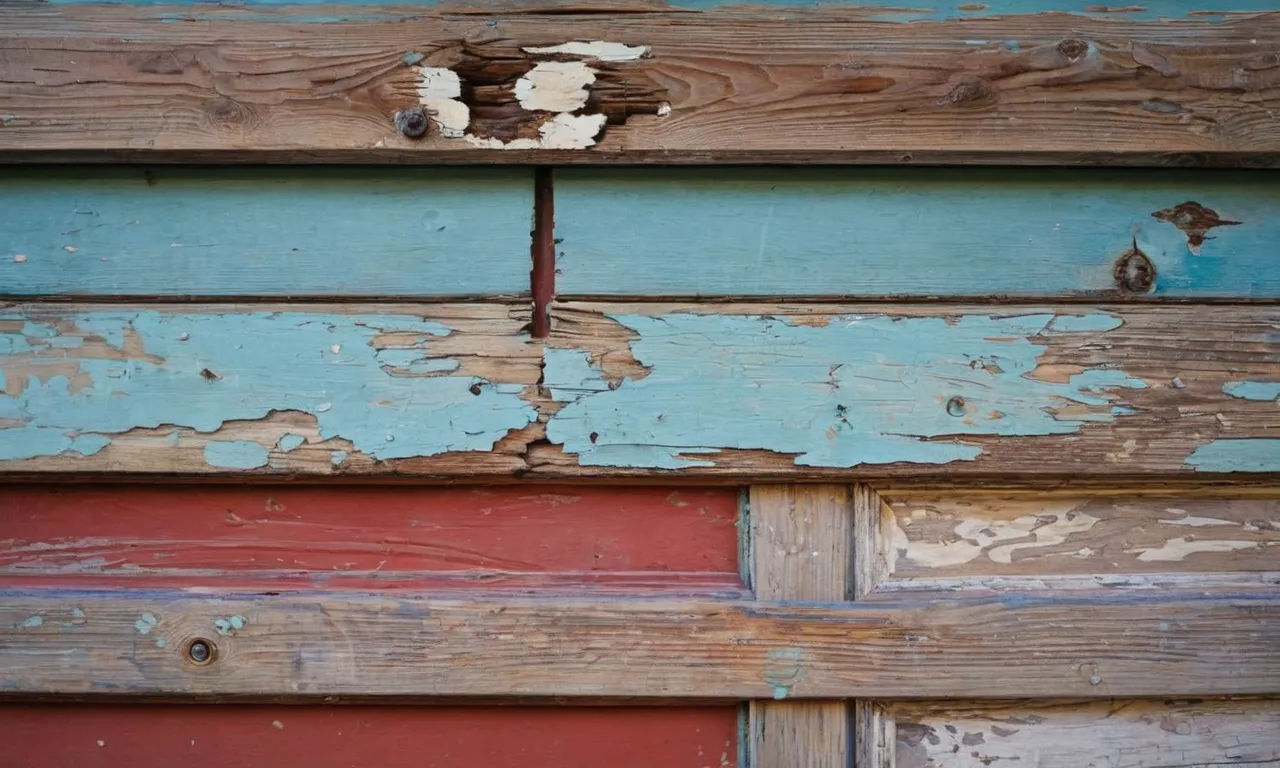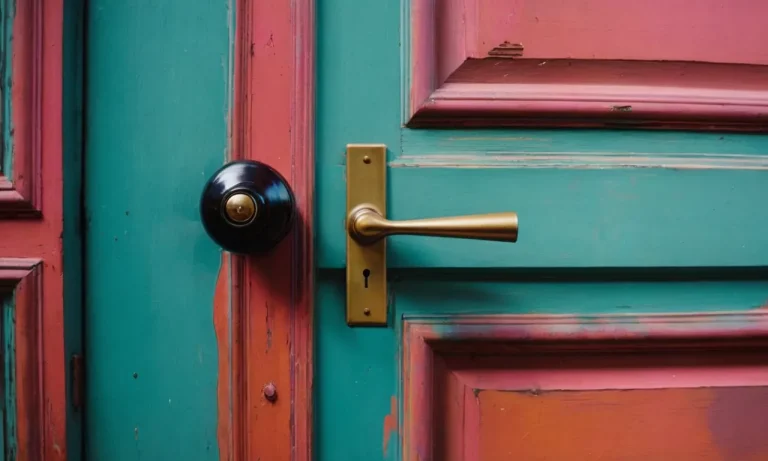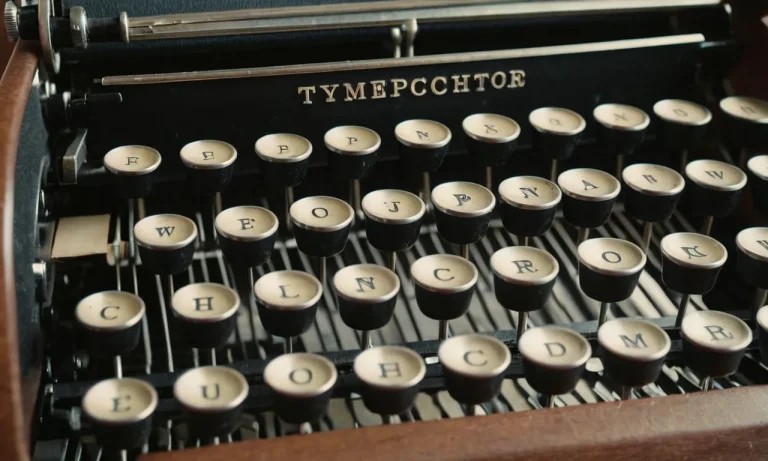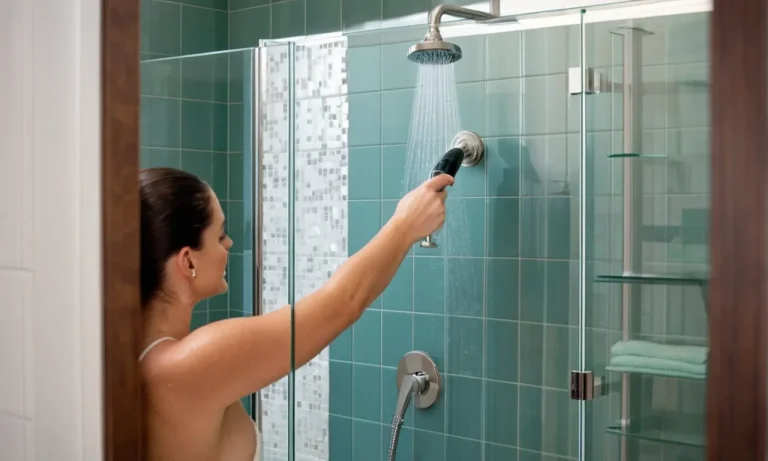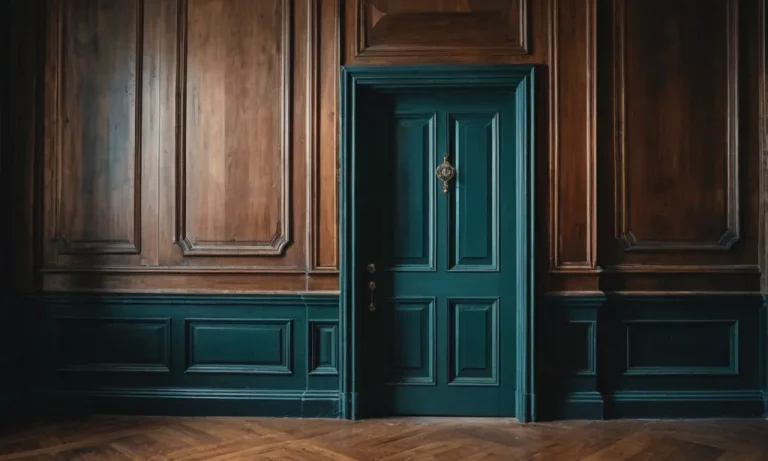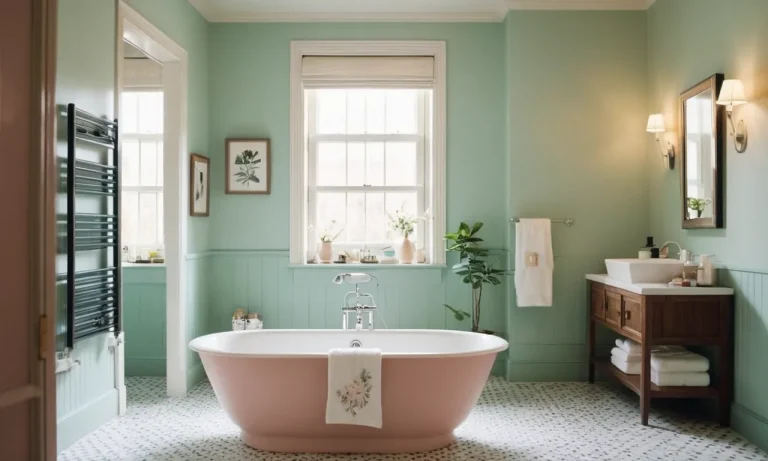Why Is My Paint Peeling? A Comprehensive Guide
If you’ve noticed your interior or exterior paint peeling, flaking, or cracking, you’re not alone. Peeling paint is a common problem that can make your home look worn down and neglected. The good news is that understanding the potential causes can help you fix it.
If you’re short on time, here’s a quick answer: Paint peels when moisture, heat, aging, or poor surface preparation create stress that breaks the paint’s adhesion to the surface underneath. Proper prep work and using high-quality primers and paints suited for the surface can prevent peeling.
In this comprehensive guide, we’ll outline the most common reasons paint peels and flakes and how to prevent and fix the issue for good.
Common Causes of Peeling Paint
Moisture Issues
One common cause of peeling paint is moisture issues. When water seeps into the walls or surfaces, it can cause the paint to bubble and eventually peel off. This can happen due to leaks in the roof, plumbing problems, or even high humidity levels in the home.
It’s important to address these moisture issues before repainting to prevent future peeling.
Heat and Sun Exposure
Excessive heat and sun exposure can also lead to peeling paint. When paint is exposed to high temperatures and direct sunlight for long periods of time, it can become brittle and start to crack and peel. This is especially common on exterior surfaces such as window sills, doors, and fences.
To prevent this, it’s important to use paint that is specifically designed to withstand these conditions.
Improper Surface Preparation
Another common cause of peeling paint is improper surface preparation. If the surface is not properly cleaned, sanded, or primed before painting, the paint may not adhere properly and will eventually start to peel off.
It’s important to thoroughly clean the surface, remove any loose or flaking paint, and apply a suitable primer before painting.
Using the Wrong Type of Paint
Using the wrong type of paint for the surface can also result in peeling. Different surfaces require different types of paint, such as oil-based or latex-based paints. Using the wrong type can lead to poor adhesion and eventual peeling.
It’s important to read the manufacturer’s recommendations and choose the appropriate paint for the job.
Old, Worn Out Paint
Lastly, old and worn-out paint is more prone to peeling. Over time, paint can deteriorate due to exposure to the elements, wear and tear, or simply age. If the paint is already in poor condition, it’s more likely to start peeling.
In such cases, it’s necessary to remove the old paint and properly prepare the surface before applying a new coat.
Understanding the common causes of peeling paint can help you prevent this issue and ensure a longer-lasting paint job. By addressing any moisture issues, protecting surfaces from excessive heat and sun exposure, properly preparing the surface, using the right type of paint, and addressing old, worn-out paint, you can maintain a beautiful and durable finish.
How to Prevent Peeling Paint
Address Any Moisture Problems
One of the main culprits behind peeling paint is moisture. If there are any leaks, condensation, or high humidity levels in your home, it can cause the paint to lose its adhesion and start to peel. To prevent this, it’s important to address any moisture problems in your home.
Repair any leaks, improve ventilation in damp areas, and use dehumidifiers if necessary. By keeping moisture levels in check, you can help ensure that your paint stays intact for longer.
Prime Bare Wood and Metal
Another key step in preventing peeling paint is properly priming bare wood and metal surfaces. Primer acts as a base coat that helps the paint adhere better to the surface. It also seals the surface and prevents moisture from seeping through and causing the paint to peel.
Make sure to choose a primer that is specifically designed for the type of surface you are painting, whether it’s wood or metal. Applying a primer before painting can greatly enhance the longevity of your paint job.
Use High-Quality Paints Suited for the Surface
The quality of the paint you use also plays a significant role in preventing peeling. Opt for high-quality paints that are specifically formulated for the surface you are painting. For example, if you are painting the exterior of your house, choose an exterior paint that is designed to withstand the elements.
Using the right type of paint for the surface will ensure better adhesion and durability, reducing the chances of peeling.
Allow Proper Dry Time Between Coats
Rushing the painting process and not allowing sufficient drying time between coats can contribute to paint peeling. It’s important to follow the manufacturer’s instructions regarding drying time. This allows each coat of paint to properly adhere and bond with the surface.
Additionally, applying multiple thin coats of paint instead of one thick coat can also help prevent peeling. Take your time and allow each coat to dry completely before applying the next one.
Maintain Painted Surfaces
To prevent peeling paint, it’s crucial to maintain your painted surfaces. Regularly inspect them for any signs of damage or wear and tear. Address any issues promptly, such as cracks or chips, by repairing and repainting those areas.
Additionally, cleaning painted surfaces regularly can help remove dirt, grime, and other contaminants that can cause the paint to deteriorate. By taking proactive measures to maintain your painted surfaces, you can extend the lifespan of your paint and prevent peeling.
Remember, by following these preventive measures, you can significantly reduce the chances of paint peeling and keep your surfaces looking great for years to come.
How to Fix Peeling Paint
Remove Loose Paint
If your paint is peeling, the first step is to remove any loose or flaking paint. Using a scraper or putty knife, gently scrape away the peeling paint. Be careful not to damage the underlying surface. Once you have removed the loose paint, sand the area lightly to create a smooth surface for the new paint to adhere to.
Sand Glossy Surfaces
If you are dealing with glossy or shiny surfaces, such as trim or cabinets, it is important to sand them before repainting. Glossy surfaces can be resistant to paint adhesion, so sanding them helps to create a rougher surface for the paint to stick to.
Use fine-grit sandpaper and sand in a circular motion until the surface feels slightly rough.
Wash and Dry the Surface
Before applying new paint, it is essential to clean the surface thoroughly. Use a mild detergent and warm water to wash away any dirt, grease, or dust. Rinse the surface with clean water and allow it to dry completely before proceeding.
A clean and dry surface ensures better paint adhesion and a smoother finish.
Spot Prime Bare Areas
If there are bare areas on the surface where the paint has completely peeled off, it is important to spot prime these areas. Spot priming helps to seal the exposed surface and provides a good base for the new paint.
Use a primer suitable for the surface you are working on, such as a latex primer for drywall or a metal primer for metal surfaces.
Apply New Paint Coats
Once the surface is prepped and primed, it’s time to apply new paint coats. Choose a high-quality paint that is suitable for the surface and the conditions it will be exposed to. Apply the paint in thin, even coats, allowing each coat to dry completely before applying the next one.
This will help to ensure a smooth and long-lasting finish. Don’t forget to clean your brushes and rollers properly after use to extend their lifespan.
Remember, proper preparation is key to fixing peeling paint. By following these steps and taking your time, you can restore the beauty of your surfaces and enjoy a fresh coat of paint that will last for years to come.
When to Call a Professional Painter
While some instances of paint peeling can be easily fixed with a simple DIY approach, there are certain situations where it is best to call in the professionals. Here are some scenarios where hiring a professional painter is highly recommended:
Extensive Peeling Over Multiple Surfaces
If you notice extensive peeling occurring on multiple surfaces throughout your home, it may be a sign of a more serious underlying issue. This could be due to moisture problems, improper surface preparation, or even structural issues.
A professional painter will be able to assess the situation accurately and provide the appropriate solutions to prevent further damage.
Peeling on High, Hard to Reach Areas
Peeling paint on high ceilings, stairwells, or other hard-to-reach areas can be a challenging task for any homeowner. Not only can it be physically demanding, but it also requires specialized equipment and techniques to ensure a quality and long-lasting finish.
Calling a professional painter in these situations will save you time, effort, and potential safety risks.
Lead Paint Concerns
If your home was built before 1978, there is a chance that it contains lead-based paint. Removing or disturbing lead paint can be hazardous to your health if not handled properly. Professional painters are trained in lead-safe practices and can safely remove or encapsulate lead paint, ensuring the safety of you and your family.
Unsure of the Cause or Best Fix
If you are unsure of the underlying cause of the paint peeling or what would be the best course of action to fix it, it is always a good idea to consult with a professional painter. They have the expertise and experience to accurately diagnose the issue and recommend the most effective and appropriate solutions.
Remember, hiring a professional painter not only ensures a high-quality finish but also saves you time, effort, and potential headaches in the long run. Don’t hesitate to reach out to a professional if you encounter any of these situations.
Conclusion
Peeling paint can make any home look rundown, but it’s usually fixable with some time and effort. Understanding what’s causing the paint to peel is the first step to preventing and repairing it.
With proper prep work, high-quality paint, and keeping up with maintenance, you can stop paint from peeling in the future. But if you have large areas peeling or other concerns, don’t hesitate to call in a professional painter for assistance.
By pinpointing and addressing what’s causing your paint to peel, you can restore your home’s exterior and interior paint jobs. Your home will look fresh and well-cared for once again!

